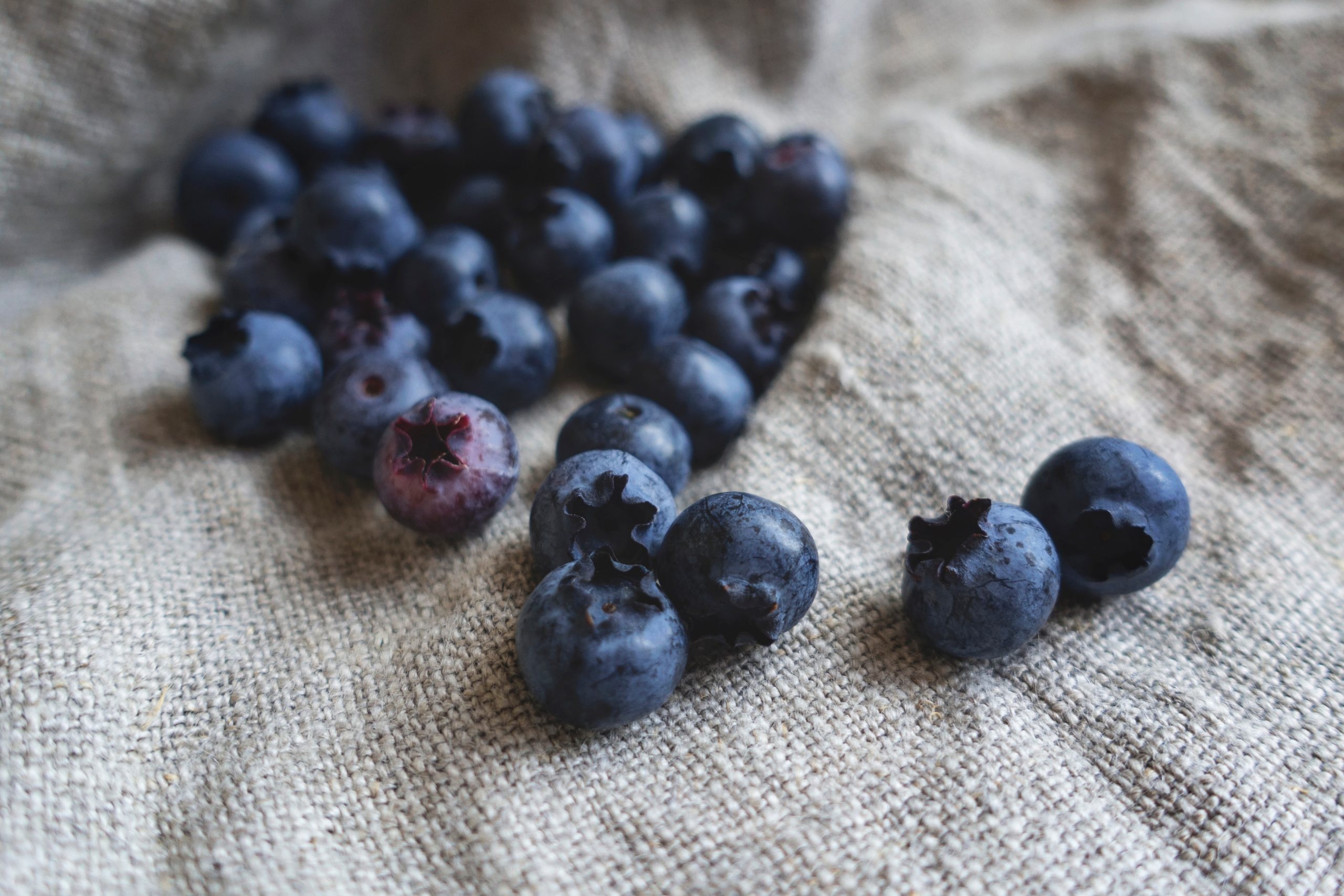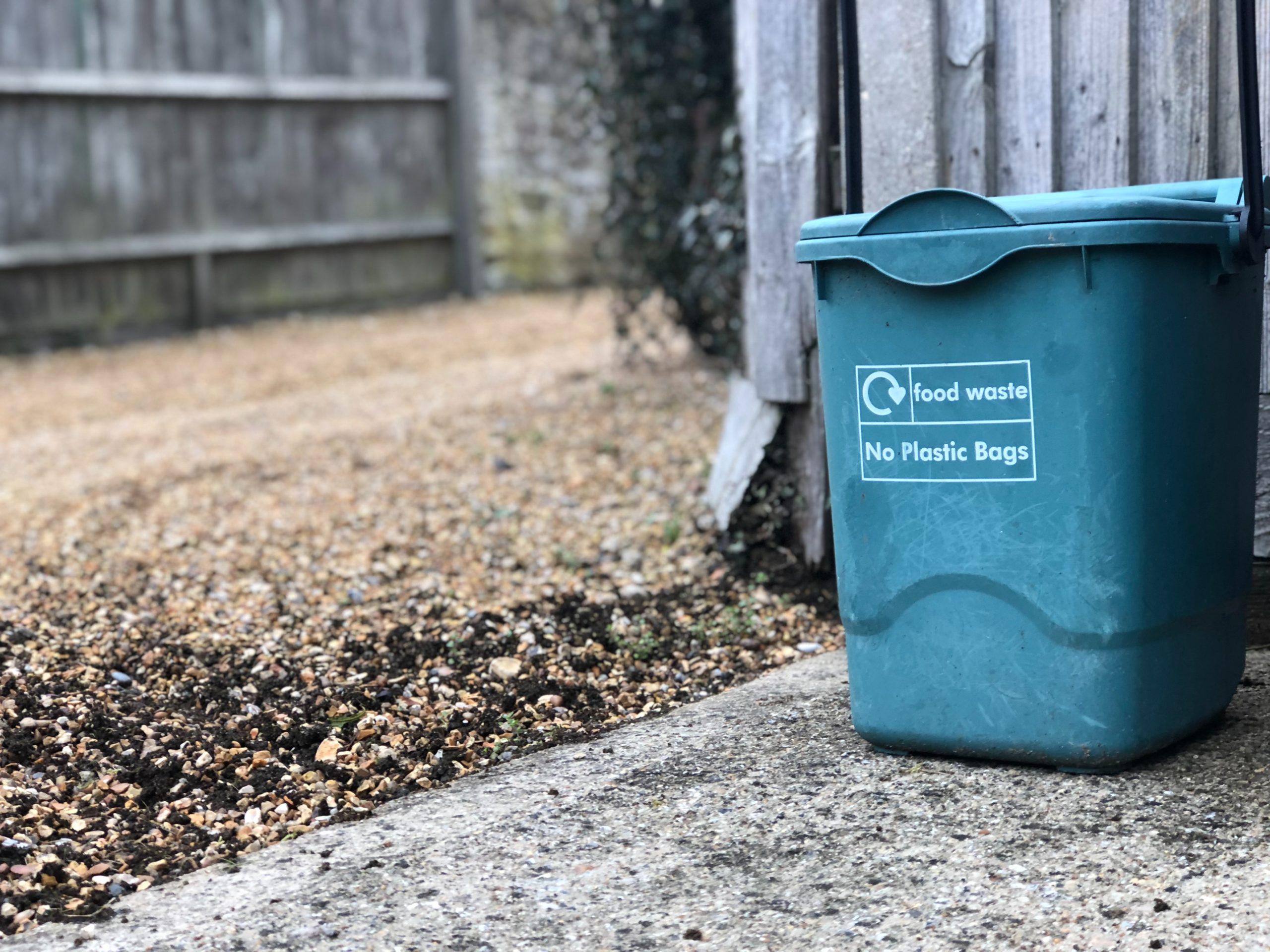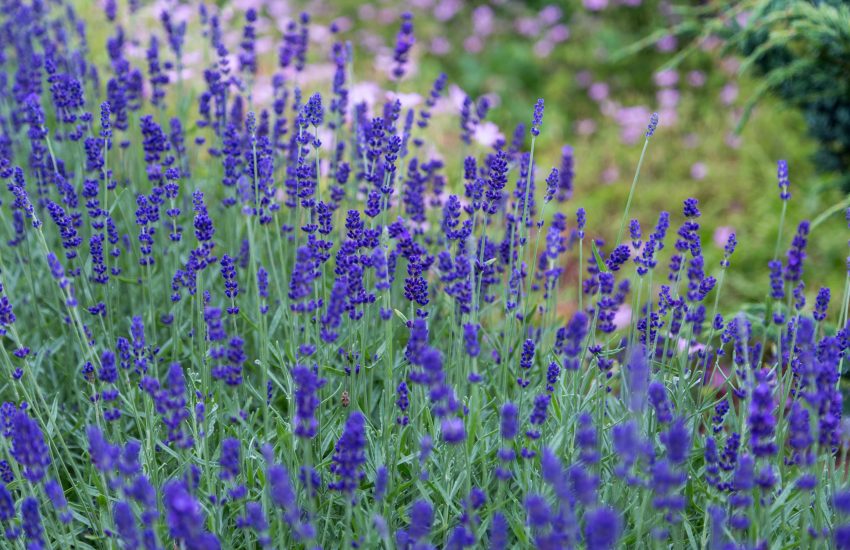How Eco Friendly is Your Closet? The Difference Between Hemp and Linen
At first glance, hemp and linen appear to be nearly the same. They both become softer with each wash. They’re both breathable fabrics with antibacterial properties. In fact, you need a microscope to see the difference between the two.
With the fashion industry under fire for their environmental practices, clothing manufacturers around the globe are increasing their use of eco friendly fabrics. In a previous blog post we discussed Tencel, but many of our readers are curious about whether hemp and linen are sustainable fabrics.
While hemp and linen are both made from fast-growing plant materials, their environmental impacts are very different.
Fast fashion is a tough competitor. However, if we can take a breath and a little time for more thoughtful purchases, we can minimize our impact on the planet while enjoying fun and lasting pieces.
So, What is Linen?
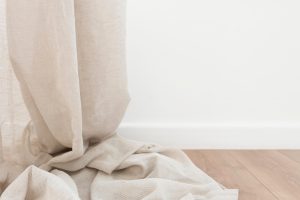
Linen is a fabric made from the flax plant. Fibers from the plant are extracted and then spun into textile. Various types of linen have been used around the world for thousands of years. Today linen remains a popular material and is used for bedding, clothes, and even dollar bills.
What is Hemp?
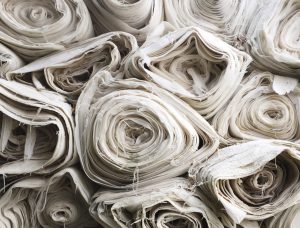
Hemp fabric is made from the industrial cannabis plant. Yes, that cannabis, but plants grown for hemp manufacturing have VERY low, highly regulated THC levels, so don’t try rolling up your bedspread and smoking it. Beginning even earlier than linen production, hemp stalks were spun to create fabric. Due to the reversal of hemp growing laws and a growing interest in sustainability, hemp is reentering the market.
How are Hemp and Linen Similar?
There are many similarities between hemp and linen. Here are some of the most notable:
- Hemp and linen are both breathable and absorb moisture.
- They both get softer following repeated wearing and washing.
- They both wrinkle easily.
- Hemp and linen are both natural insulators – they help keep you warm in the winter and cool in the summer.
- They’re both naturally antimicrobial.
- They both naturally resistant to moths and other insects.
- Hemp and linen both easily absorb dyes.
- They’re both naturally occurring, biodegradable, high-yield crops.
How Are Hemp and Linen Different, and Which One Should You Buy?
While both fabrics are major upgrades from, for example, processed cotton, when given the choice between the two, always opt for hemp. Here’s why:
- Hemp is highly resistant to rotting, mildew, mold and salt water.
- Hemp is also highly resistant to ultraviolet light, so it won’t fade or disintegrate in sunlight. There’s even some early indications that hemp can protect against the radiant light of screens, though we wouldn’t rely on that data just yet.
- Compared to linen, hemp requires very little maintenance. Linen needs to be washed several times before it begins to soften, while hemp requires just one wash, getting softer each wash thereafter.
- Hemp plants don’t require the herbicides that flax plants do. In fact, hemp is one of agriculture’s most resilient crops.
- While they’re both durable fabrics, hemp is naturally stronger. It’s also resistant to mold and mildew, both of which plague linen.
- Hemp yields an astounding 5,000-6,000 pounds of fiber per acre while flax yields only 1,200-1,400 pounds, making it a much more efficient use of farm land.
Growing hemp improves the soil and clears weeds away, making it a crop rotation favorite by farmers around the world. Crops that are planted on acreage where hemp was grown the previous season generally have higher yields than acreage that didn’t.
Fiber hemp was ranked as the fifth-best crop for biodiversity behind alfalfa, timber trees, oilseed hemp, and ginseng. Flax ranks ninth.
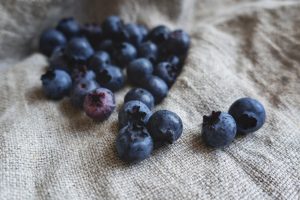
Is There a Case for Linen?
While there might be overwhelming evidence supporting hemp production, there are a few metrics where linen reigns superior. Despite its higher yield, hemp is a much more expensive fabric. This is because creating hemp fabric is a complicated, time intensive process. Linen is also a stretchier fabric, hemp is the least stretchy of all natural fibers.
To achieve a truly sustainable fashion and home industry, hemp production is going to need to scale up and become a cheaper, better known option. To advance that trend, check out our latest article about eco friendly tablecloths – many of which are made of these two sustainable materials. If everyone shops sustainably, voting with their dollars, tomorrow we will have a happier, healthier earth.
By asking yourself what the most eco friendly fabrics are on the market, ToDey you already made a big step towards sustainability. Now that you know, wherever possible, try selecting garments, upholstery and other cloth items made from hemp.

